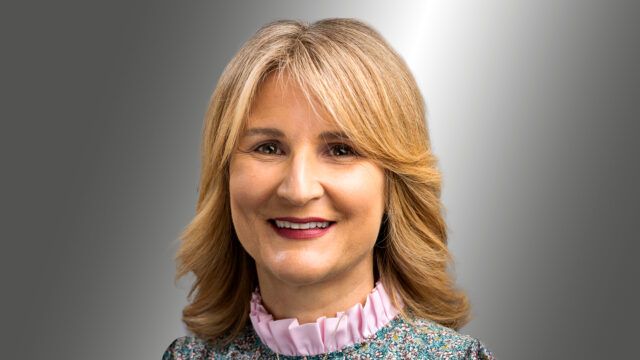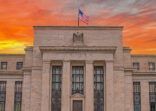Tight spreads mean that long duration government bonds are not much better than they were three years ago before the bond bear market, according to Tatjana Greil-Castro, Co-head of Public Markets, Muzinich & Co.
Whereas short duration corporate bonds are giving investors somewhat of a cushion against rising interest rates or spread widening, she says.
“People are not quite aware how much protection you have in the short end, and how the long end is not much better than it was three years ago when we had the big bond sell-off.” Greil-Castro (pictured) told FSA in an interview
“That’s why investors who are really keen on duration are taking way more risk than you think,” she said, suggesting that long duration bond investors are still vulnerable to rising yields.
Whereas she said investors would need to see credit spreads almost doubling and interest rates moving up 150 basis points (six rate hikes) before they start losing money on the short end with one-to-three-year investment grade bonds, for example.
“So you need a combination of wider spreads, which usually happen in a recession, and higher interest rates, which is unlikely in a recession,” she said. “It is very difficult to see that you’re in an environment where you lose money if you are invested in the short end.”
“If you stay in the short end and defensive, it’s very difficult to get negative returns,” she added. “In an environment that is so uncertain, when you have so little visibility where we are going, I think that’s quite comforting.”
Demand and supply dynamics at the long-end
One reason spreads are tight at the long-end is due to the strong demand from institutions with long-term liability matching needs that the high yields on offer conveniently meet.
“There has been a huge demand for long duration assets because the market was so starved of yielding long duration assets,” Greil-Castro said. “Some investors just want to buy yield, they don’t buy spread. They just want to buy the total yield, and the total yield is attractive.”
She said: “Pension funds and insurance companies with long-term liabilities will just say, ‘I have a liability at four and a half years and an asset available at four and a half years, so I’ll just buy it’.”
This is why in her view, the relative value is better in the short-end of the bond market, particularly corporate bonds with higher spreads.
Corporates could be less risky than sovereigns
Looking at yields on an absolute basis, some investors may question the need to take additional credit risk for an extra 100 basis points on a corporate bond when a US Treasury bond is yielding 4.5%.
But Greil-Castro suggests that corporate bonds may actually be less risky relative to sovereign bonds given the fundamentals.
She said: “We know that governments are highly indebted, they have increased their indebtedness significantly over the last five years and over the last 15 years, and they are likely to continue to increase their indebtedness.”
“Are you better off in a corporate bond where you know they have huge cash flows, they haven’t increased their indebtedness and they have lots of other funding options?”
“Some people say now that actually corporate bonds have less risk than sovereigns because you know where the cash flow is coming from, and you get paid extra.”

















